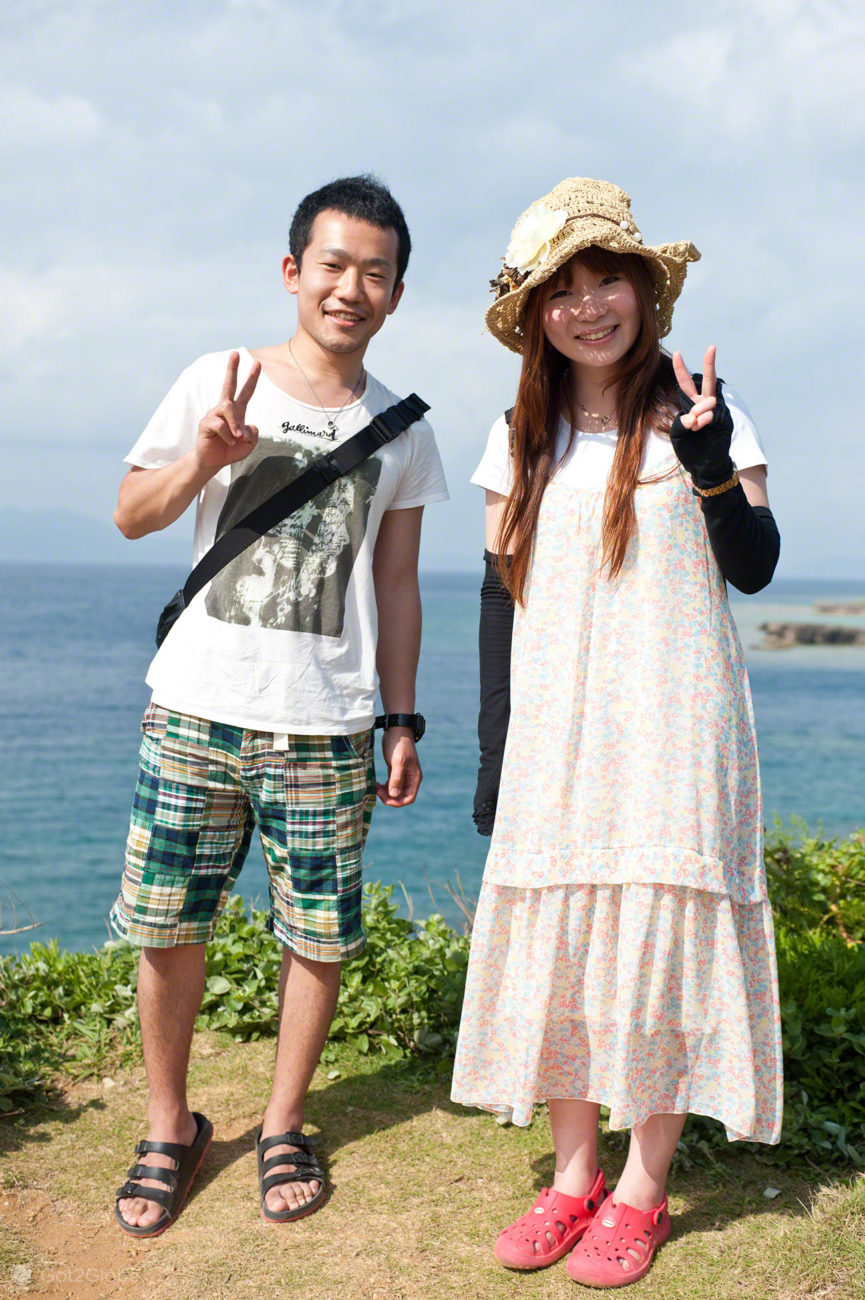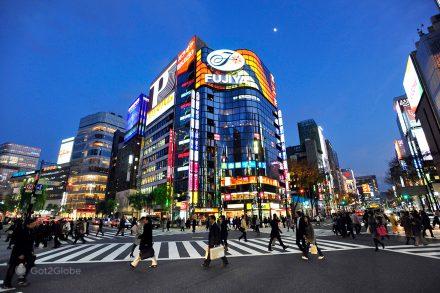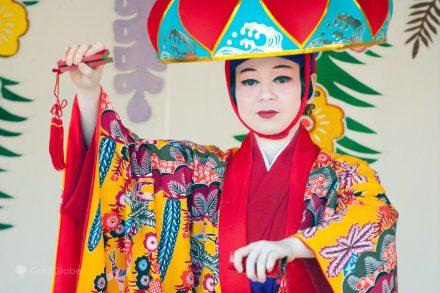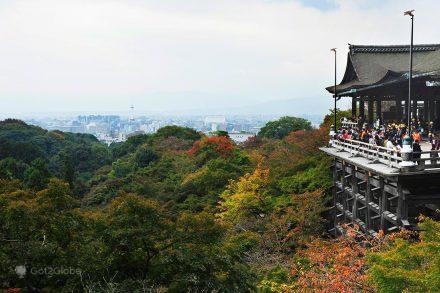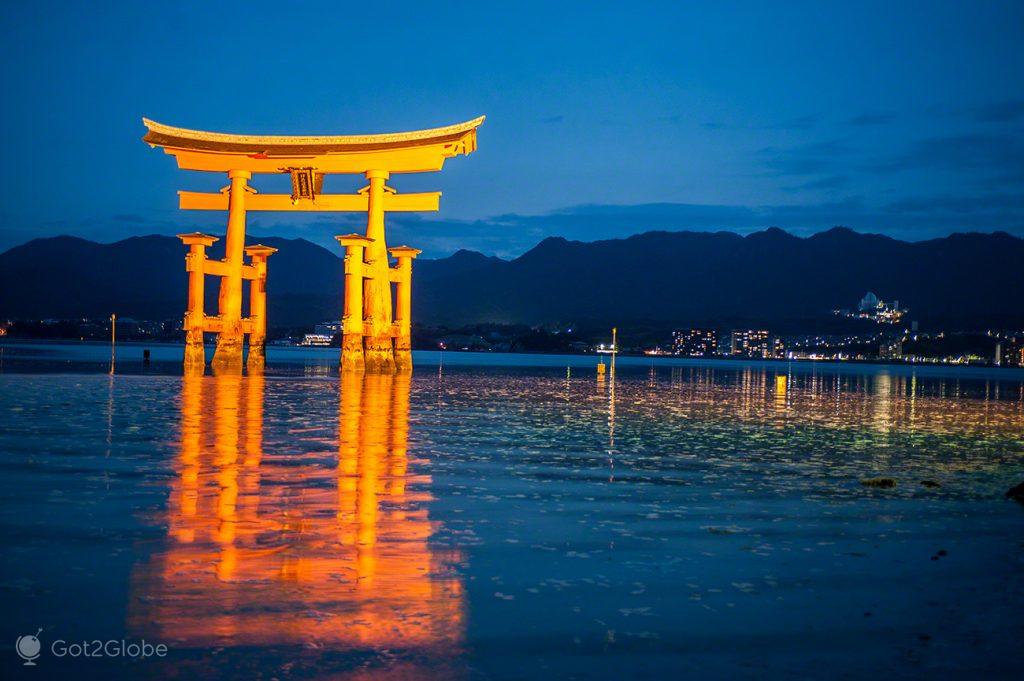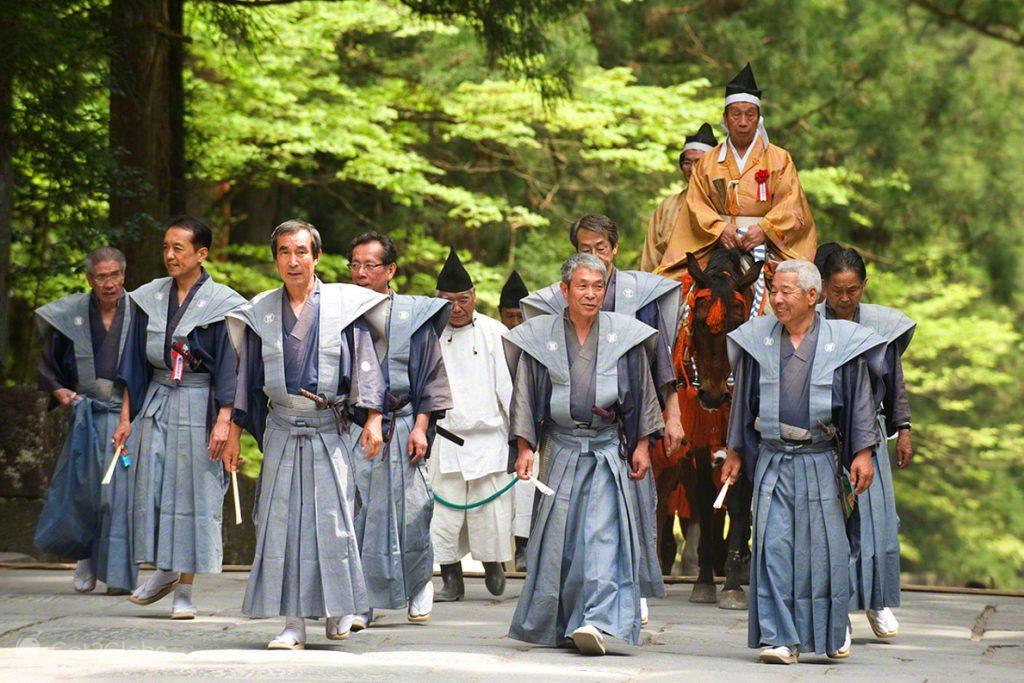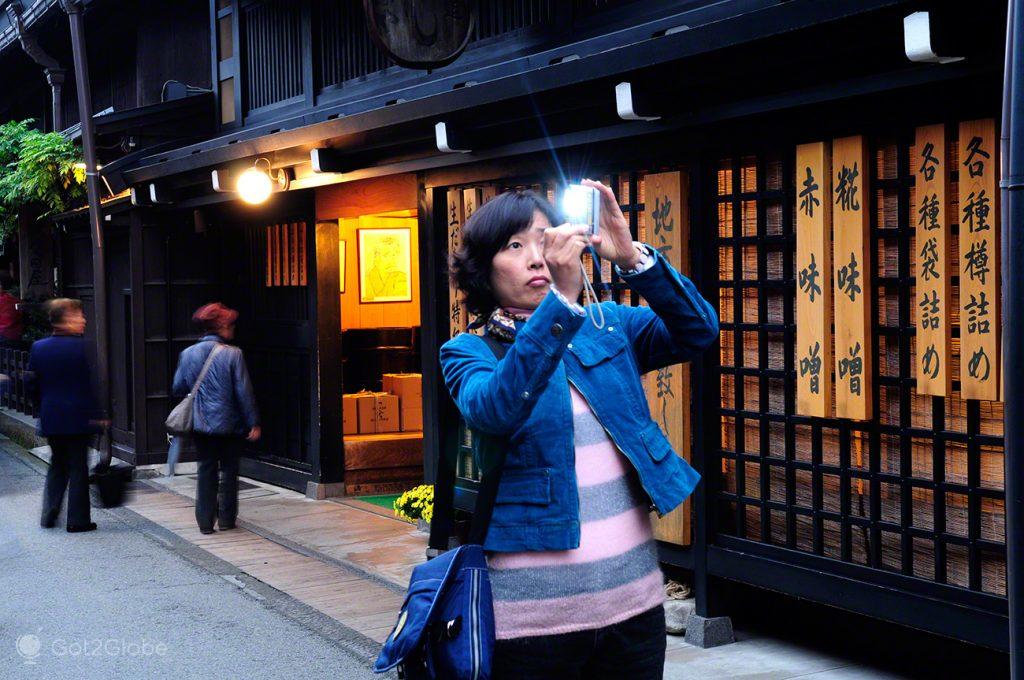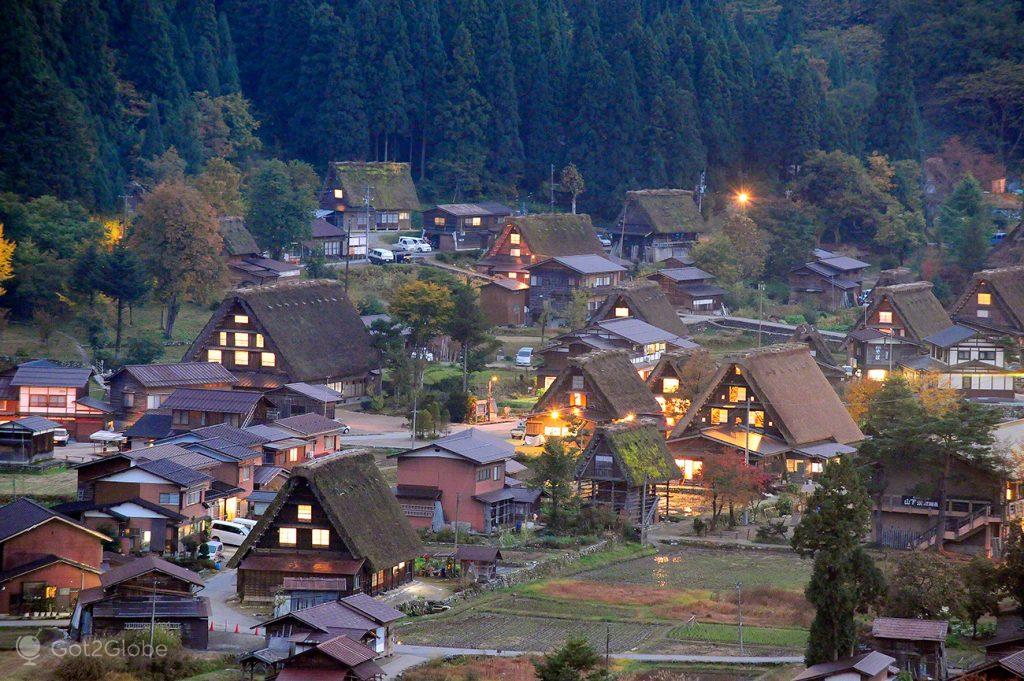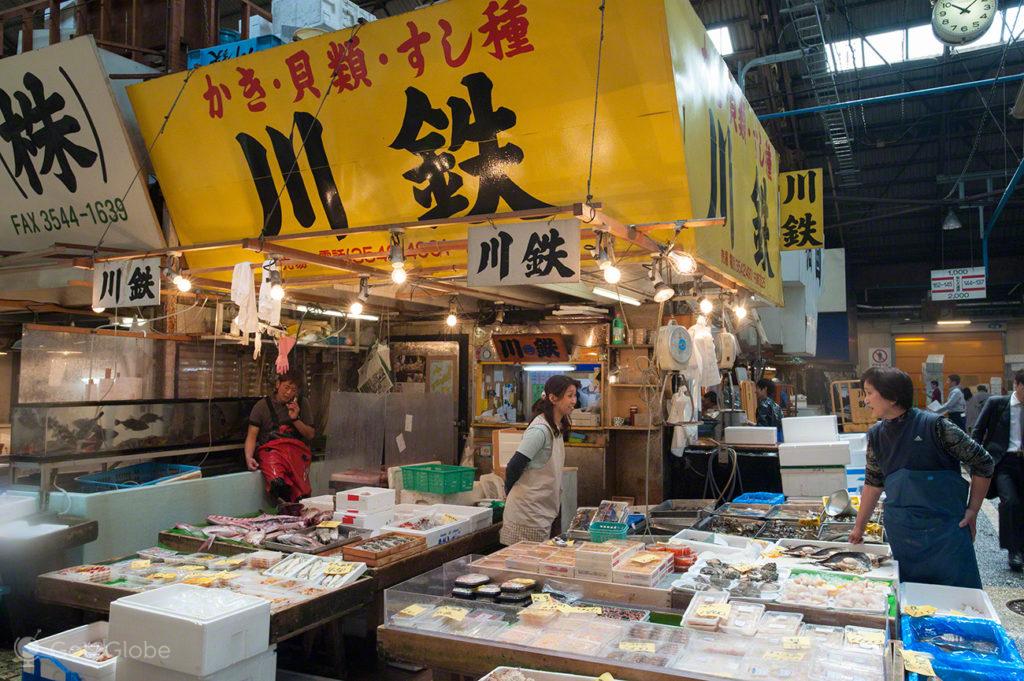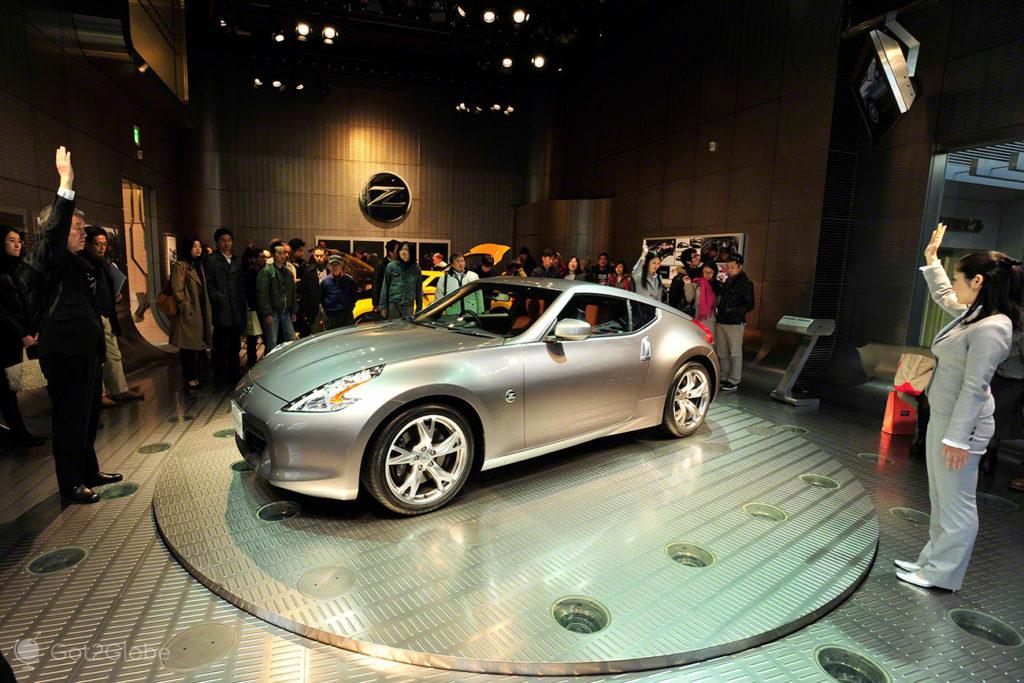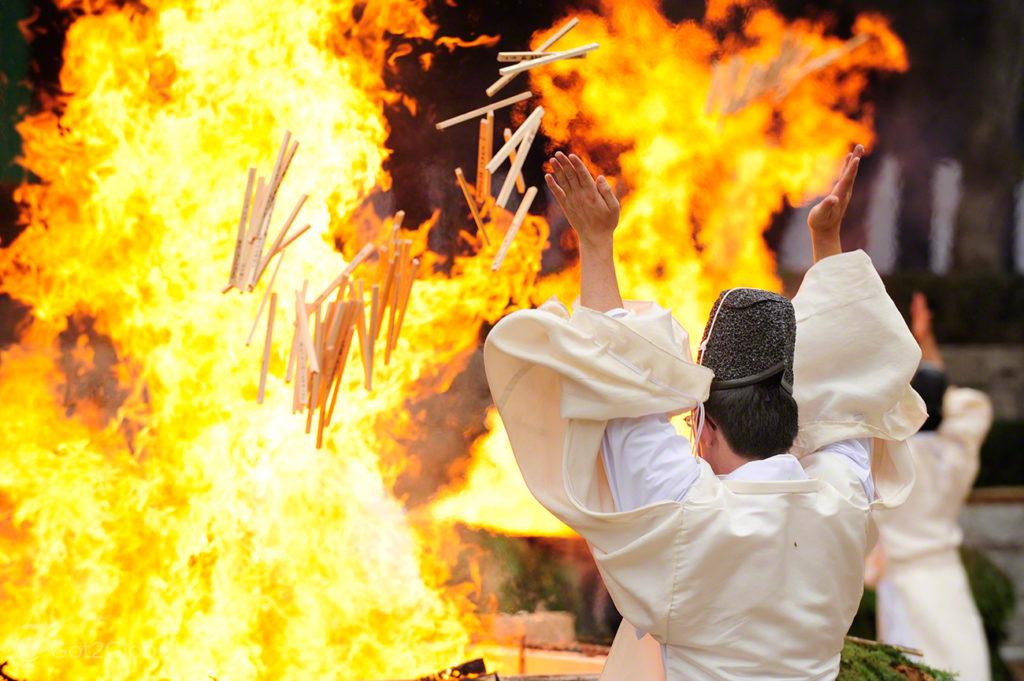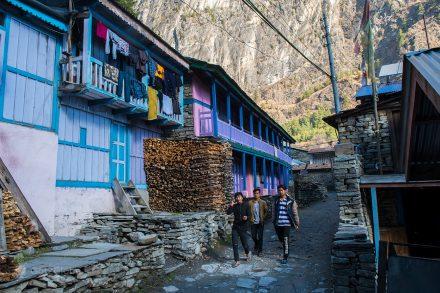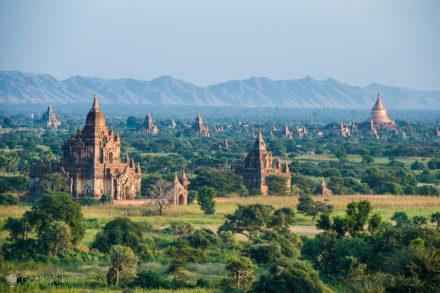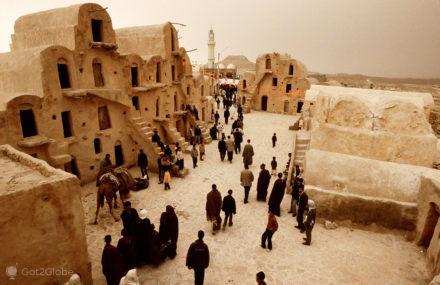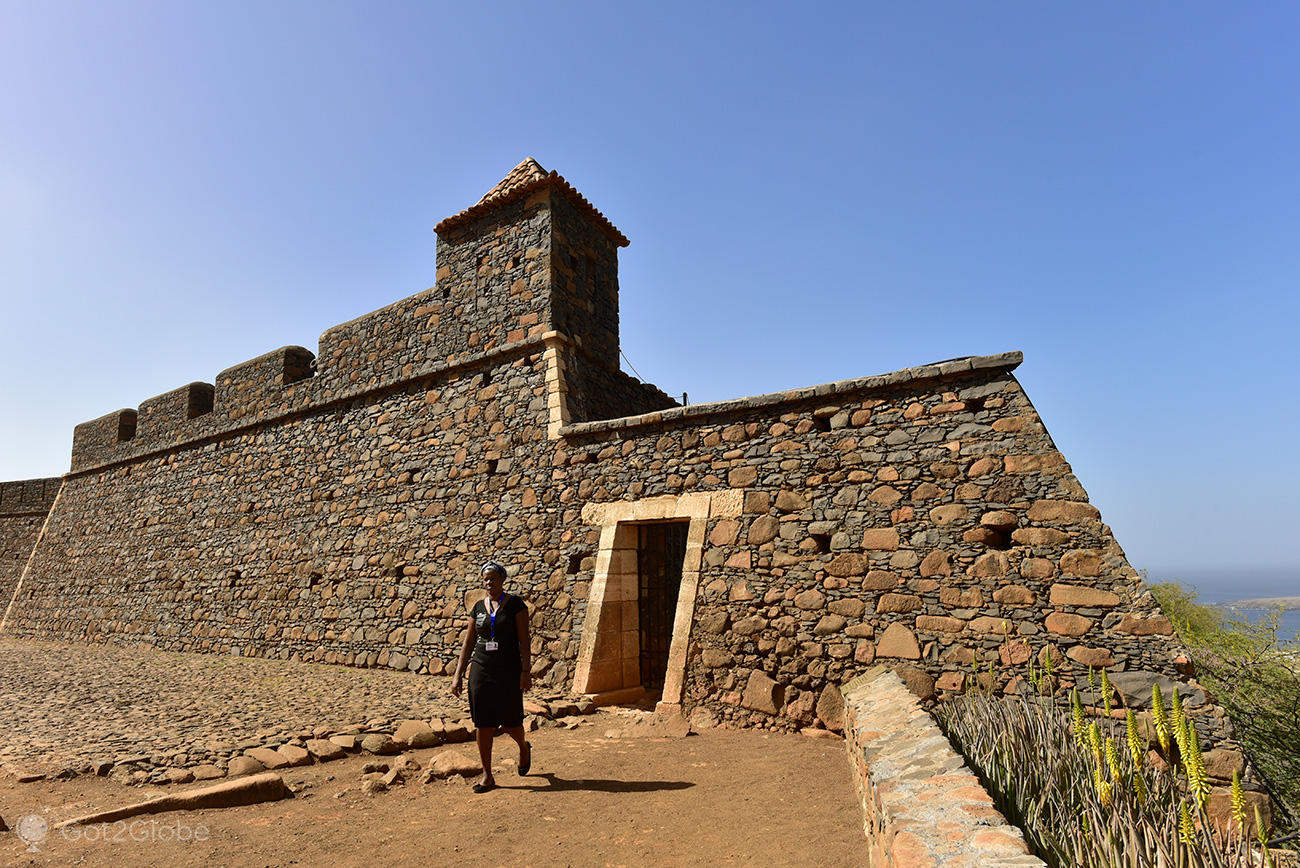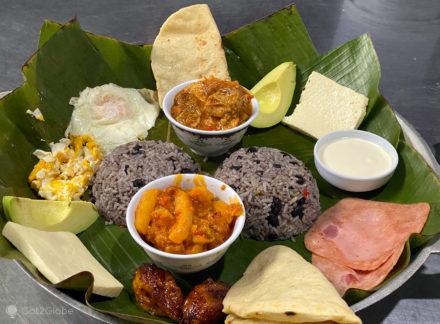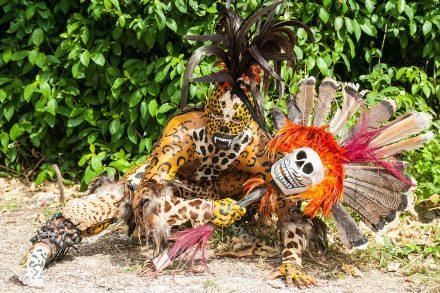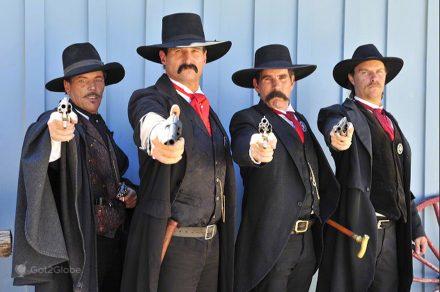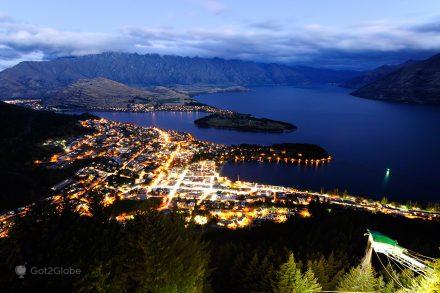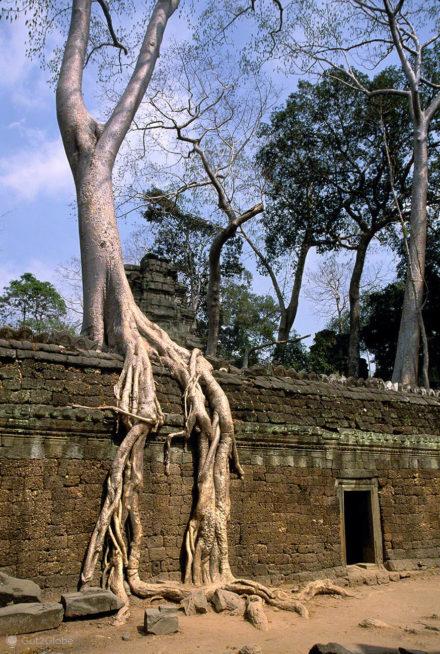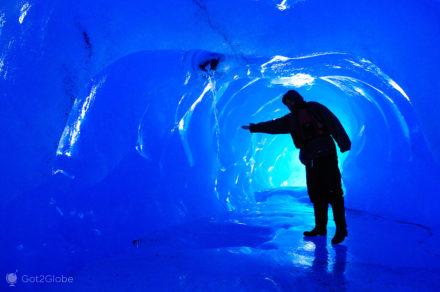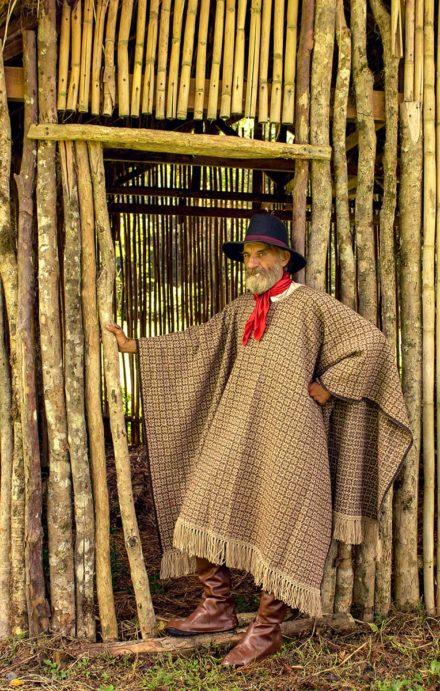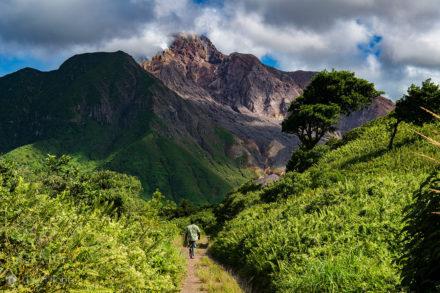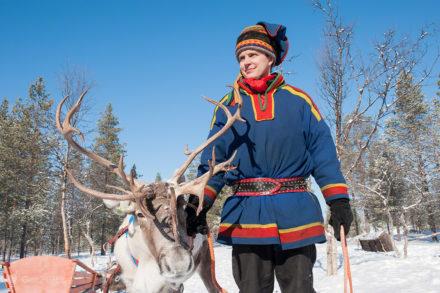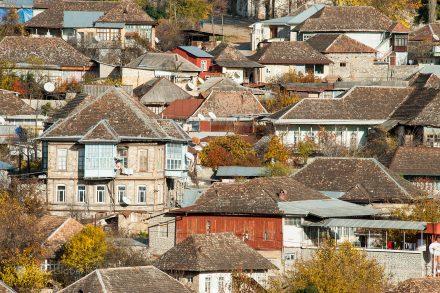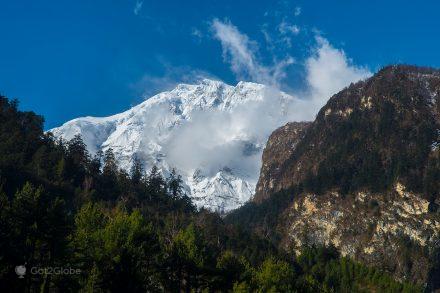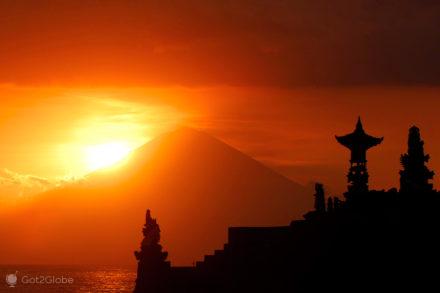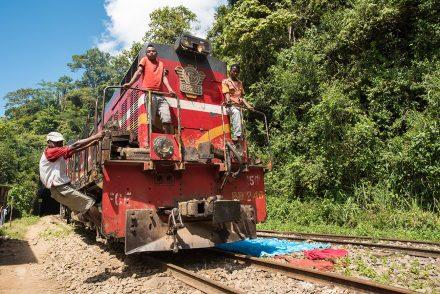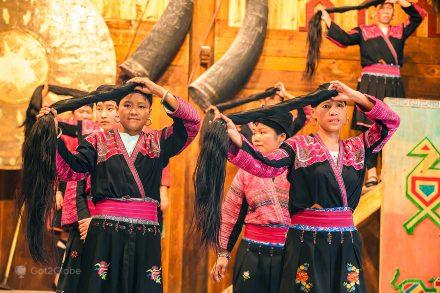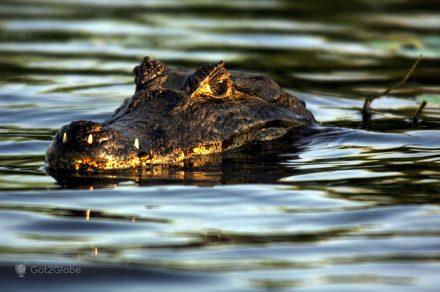The plane took off minutes ago from Haneda airport.
Gains altitude over the bay of Tokyo. Gradually, it unravels the soggy rice paddies and rugged terrain that fill the southeast of Honshu including, in the distance, the imposing Mount Fuji.
Until, already close to 11000 m of altitude, it starts to fly over the immensity of the Pacific Ocean and surrenders to the blue of the sky and the sea. Onward stretches the long Nansei-shoto, a sequence of islands that line up to the south of the edge of Kyushu.
Like gigantic stepping stones, these islands lead to Okinawa, miss the approach to Miyako but, from there, continue, point after point on the map, to Hateruma-jima, the last Japanese territorial death rattle in the south.
An hour after departure, we land in Naha, the capital and main city of Okinawa Province and the vast surrounding island region.
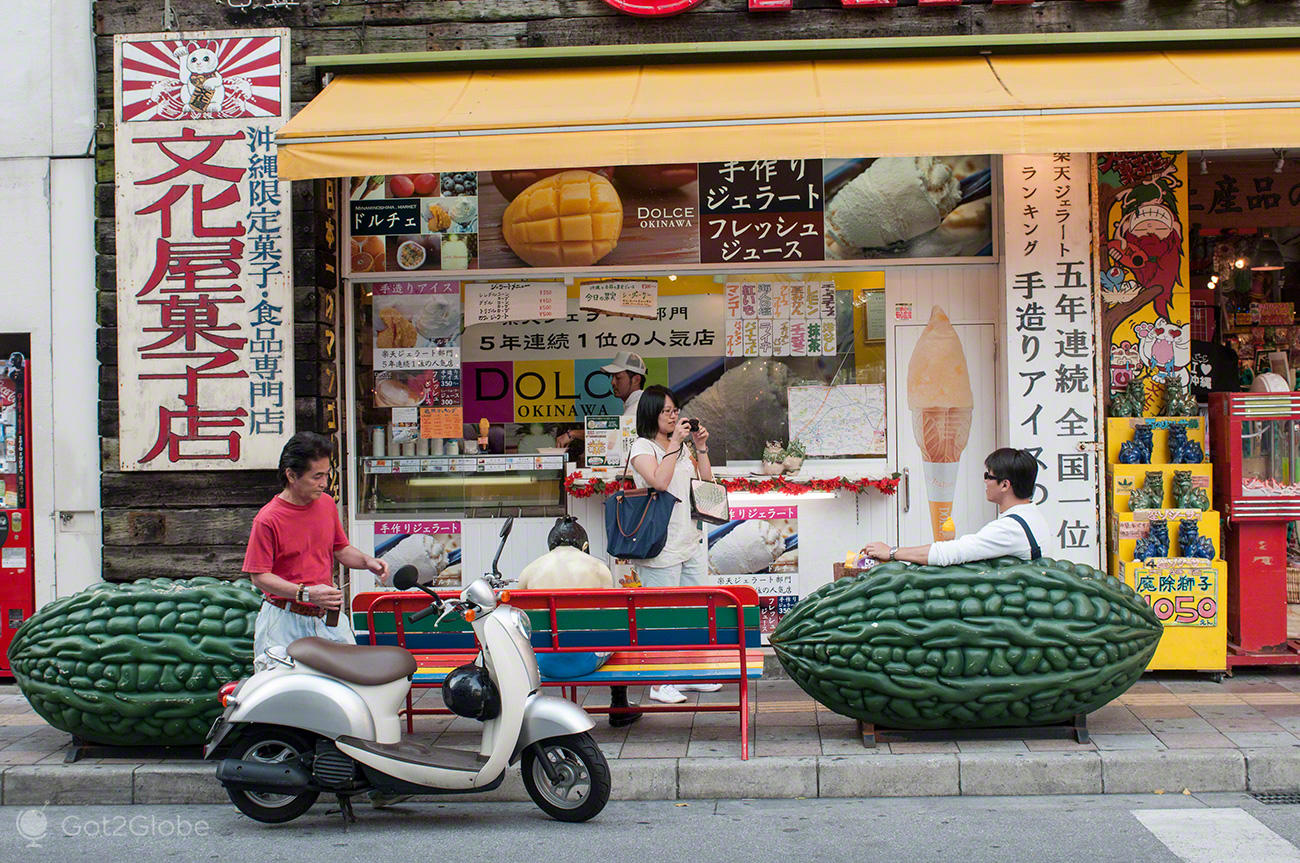
Street scene in a colorful corner of Okinawa's capital, Naha.
Um Japan No Japanese Roots
Forget for a moment everything you know about the country of emperors. forget the geishas and Sumo, forget the futuristic neon environments and giant outdoor screens, forget about bullet trains, cherry blossoms, reddish-yellow autumn landscapes and mountains almost sunk in snow.
O Japan that we are going to reveal to you is more than 700 km from what you know and has little or nothing to do with your imagination.
Devastated by the US bombings of the end of WWII, Naha was quickly recovered. It welcomed a profusion of modern buildings that responded to an unexpected population explosion. Built as a royal palace, the castle of Suri remains his heart and soul.
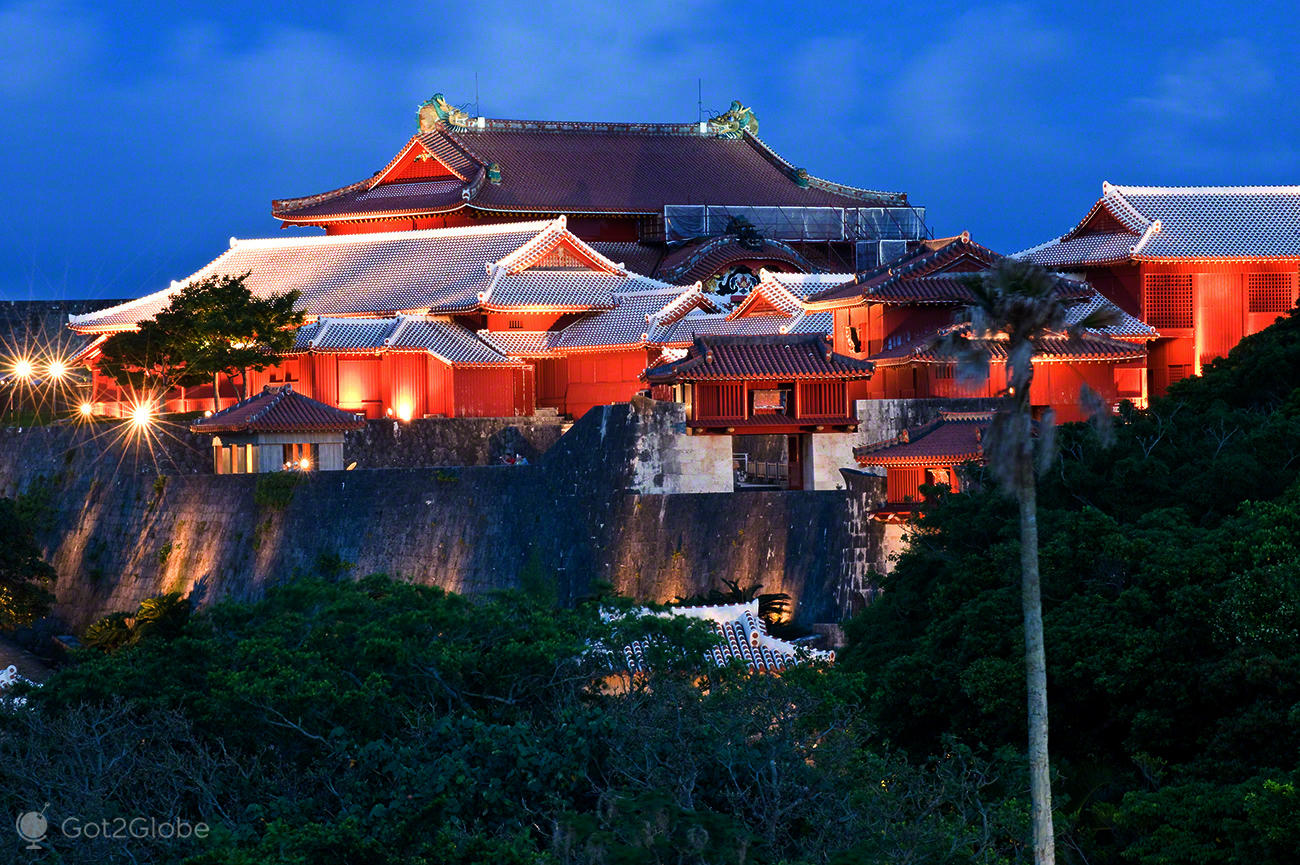
Shuri Castle, rebuilt after World War II to recapture Okinawa's Ryukyu history.
Grand and elegant, it stands out from the lush landscape as an imposing architectural and historical testimony to the Ryukyu kingdom which, between the XNUMXth and XNUMXth centuries, unified Okinawa and several other islands to the north and south and played a prominent role in maritime trade between the southeast and East Asia.
For centuries, this strange diplomatic symbiosis was beneficial to all parties and especially to the Ryukyu kingdom and the Japanese.
Ryukyuna Traditional Dances: Secular and Unhurried
It is with an atmosphere from that time that we come across as we enter the huge courtyard of the palace where traditional Ryukyuan dances are reenacted. The stage has a white canvas embroidered with floral motifs as a background.
There, the musicians line up armed with sanshins (instruments comparable to the lute, but lined with snake skin) and flutes.
The rhythm of the first and the samba (wooden strips with light percussion functions) defines the peculiarity of Ryukyu's music, but it is the flutes that announce the dancers' entry into the scene.
In the initial act, they appear one at a time. They wear bright kimonos and hats hanagasa (flower-shaped) as the background, decorated with a strong inspiration from nature.
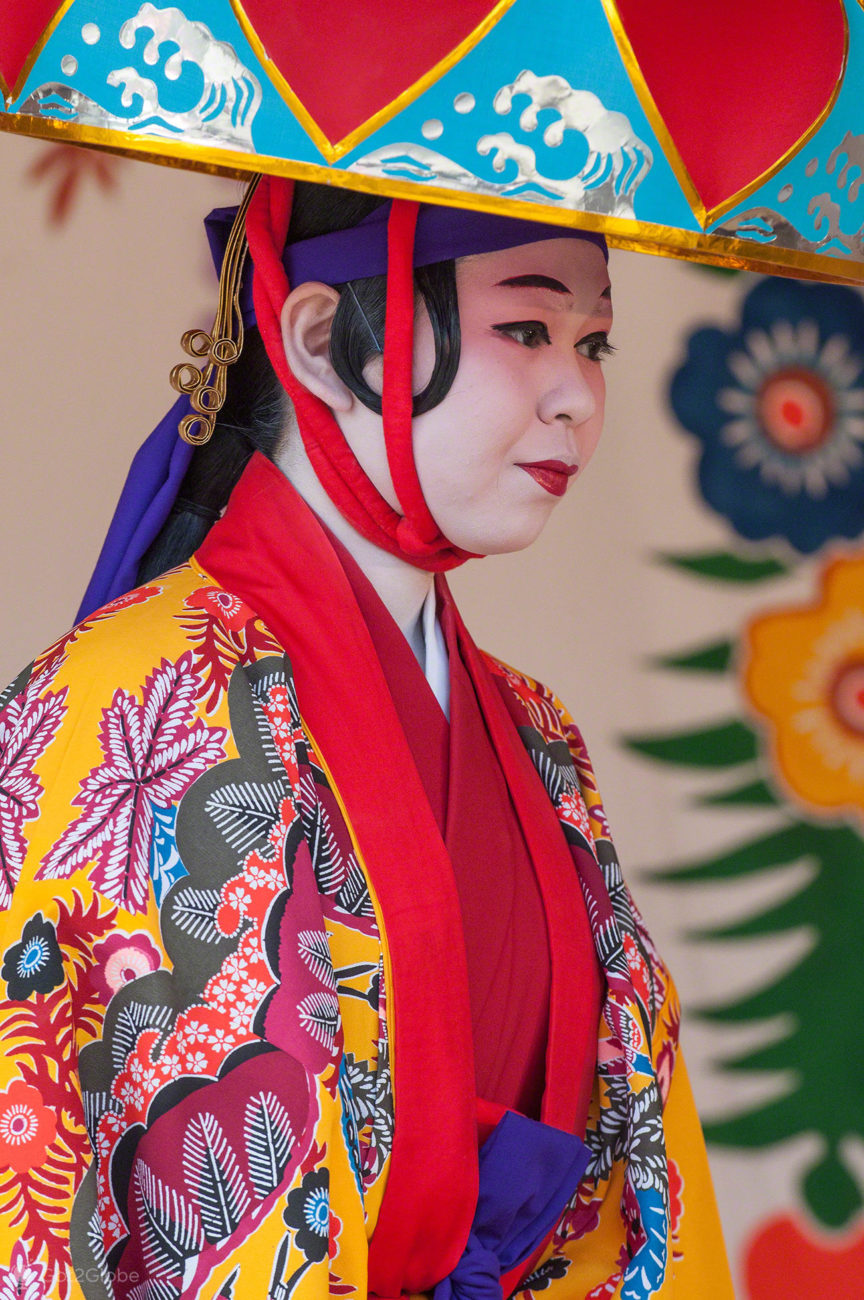
Ryukyu Dancer Performs at Shuri Castle of Naha
Their movements, almost always synchronized and as slow as they are graceful, were perfected according to the function of each dance.
We are honored to attend an exhibition of each style and appreciate its peculiarities, as do all visitors to Shuri Castle who present them over and over again.
Forced Incorporation in the Nippon Empire
In 1879, the Meiji government took advantage of the internal weaknesses of the China (the precursor power of the Japanese empire) and announced the taking of the Ryukyu Islands. The measure had only diplomatic opposition from the Chinese who demanded the mediation of the then president of the United States Ulysses S. Grant.
The latter ignored the Indians' pretensions and supported the position of the Japanese government which, legitimized by the West, murdered a substantial part of the politicians and civilians who continued to oppose the annexation.
From then on, Japanese culture came to be imposed as a way of diluting the Ryukyuan civilization, which, in ethnic terms, was always absolutely different and more intimate. China than the Japanese sphere.
But, despite the indigenous people having lost their already compromised freedom, destiny, once again traced by the influential USA it held the worst trials for them.
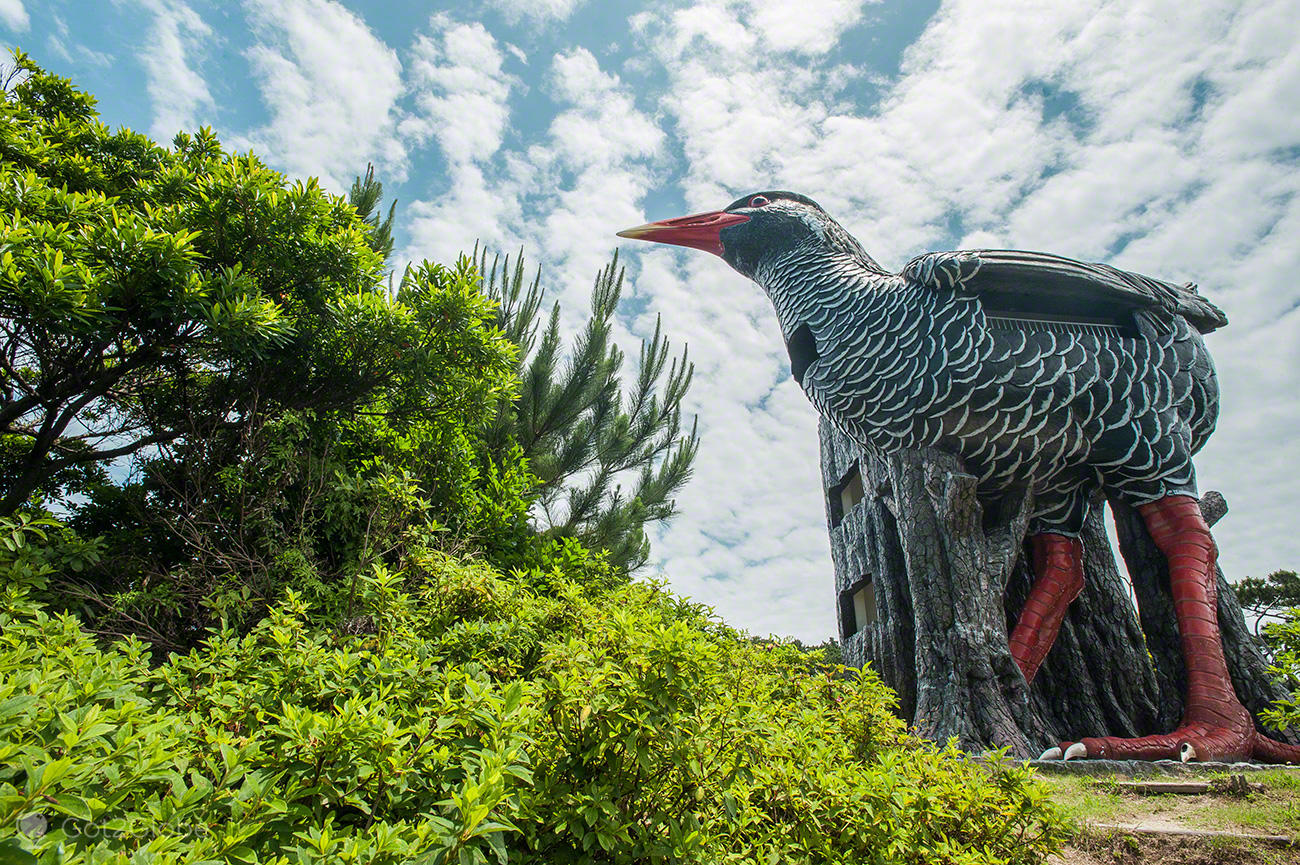
Giant statue of an endangered endemic bird of this island stands out in Cabo Hedo
From Incorporation in Japan to Generalized Destruction of World War II
It was April 1945. Several of the islands in the azure sea to the south had already been taken by the Americans, but because of its strategic importance, the conquest of Okinawa was essential for the final invasion of the Japan.
Accordingly, one hundred and eighty thousand allies were mobilized for the attack and around 115.000 Japanese tried to avoid an outcome that the furious unfolding of the battle – known as Typhoon of Steel by Westerners and Rain of Steel by the Japanese – was slow to announce.
Four months later, when hostilities ended, Okinawa was devastated and more than a quarter of its population (about 100.000 people, the same number as the Japanese military killed) had perished.
The island's resistance was fierce and destructive to the Allies as well. In such a way that several military historians believe they led to the decision of the United States to drop atomic bombs on the Japan to hasten your surrender.
As or more devastated than Okinawa, Hiroshima, Nagasaki and almost all of the Japan they were freed from the Americans in 1953, the year in which their sovereignty was returned to the country.
The Semi-Repellent Presence of the Military Forces of the USA
Okinawa, on the other hand, remained in the possession of the occupants until 1972. It represents 1% of the Japanese territory, nowadays, hosting more than 75% of the presence of the occupants. United States.
Most natives find it difficult to accept, especially when there are social upheavals such as last June when a base worker murdered a 20-year-old local woman, two decades after the abduction and rape of a 12-year-old child by three soldiers North Americans.
At the same time, many indigenous people reject the integration of the Ryukyu islands into the Japan. Others – those most concerned about the island's economic weakness – resign themselves. North American permanence is, in fact, a key issue that determines the outcome of both regional and national elections.
As we explore, the signs of this occupation are ubiquitous. Fighters and helicopters fly all the time in the skies over Okinawa.
As we travel along its perfect roads, the only tune that the radio is faithful to is the American Forces Network-Okinawa and we often come across vehicles with Y license plates, in which the Japanese avoid crashing at all costs because they know they belong to all. mighty Yankees.
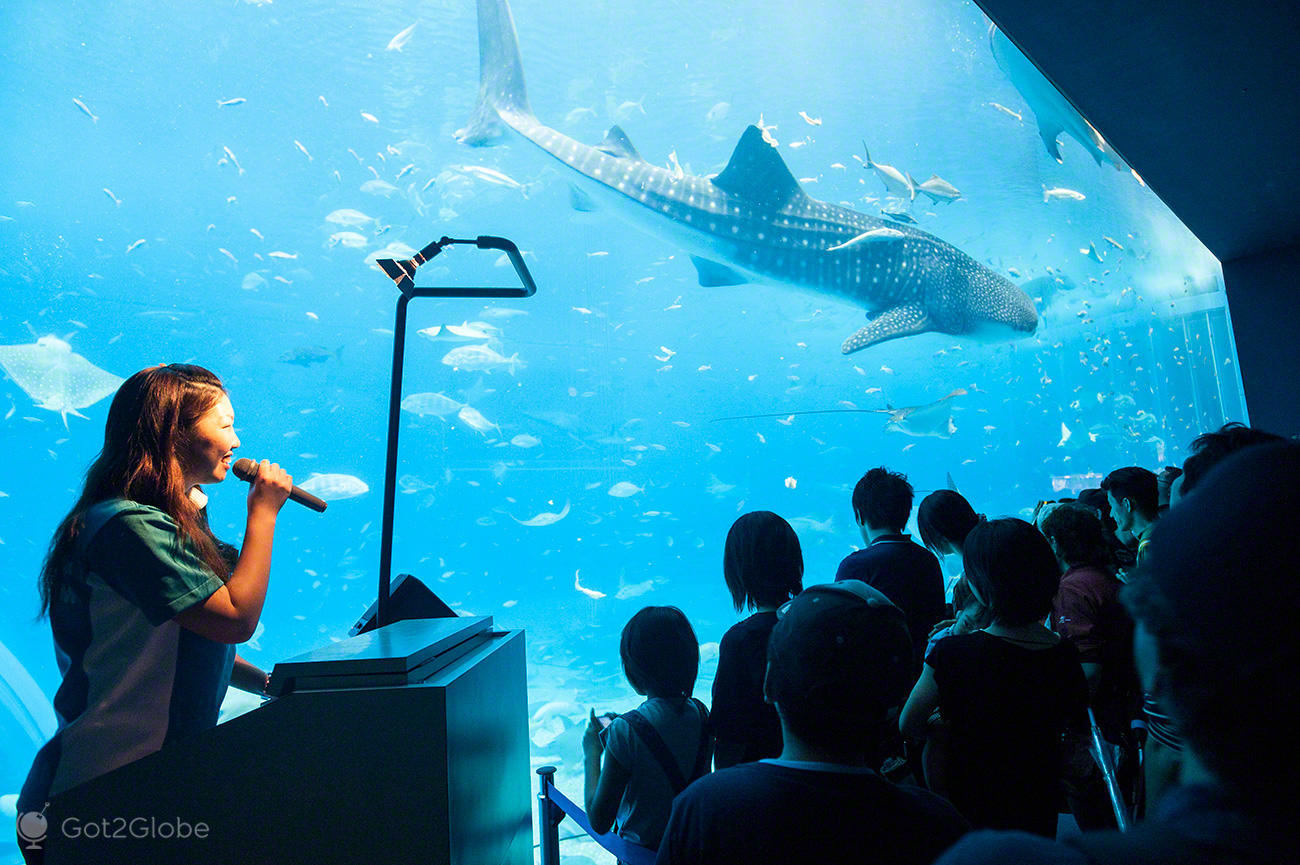
Hostess narrates scientific information to visitors to Shuraumi aquarium, the 2nd; biggest in the world
Especially in Okinawa City and in the land corridor that stretches west to Kadena Air Force Base, there is more and more evidence that is uniquely concentrated in the Mihama American Village of Chatan.
This is the shopping-entertainment paradise of northern Okinawa, a mega-complex recognized from afar for its panoramic Ferris wheel. The attraction employs more than three thousand locations.
It attracts about a million visitors a year, including the US military, always fascinated by the inexhaustible suggestions for consumption of Western culture and by the festive atmosphere that takes over the place at night, when street artists give an air of their grace.

Outdoor promotes an A&W American fast food restaurant on the outskirts of Naha
When the American Lifestyle Contrasts with the Ryukyuan and the Nippon
Located in the middle of the capital, with a Japanese appearance but a lot of Ryukyuan content, Kokusai Avenue is Naha's main artery and counterbalances the American Village's shopping and entertainment to the south.
From it branch the long Heiwa Dori arcade, and the shotengai makishi, a public indoor market full of fresh fish, meats and an inexhaustible array of other products that both enchant, surprise or frighten outsiders.
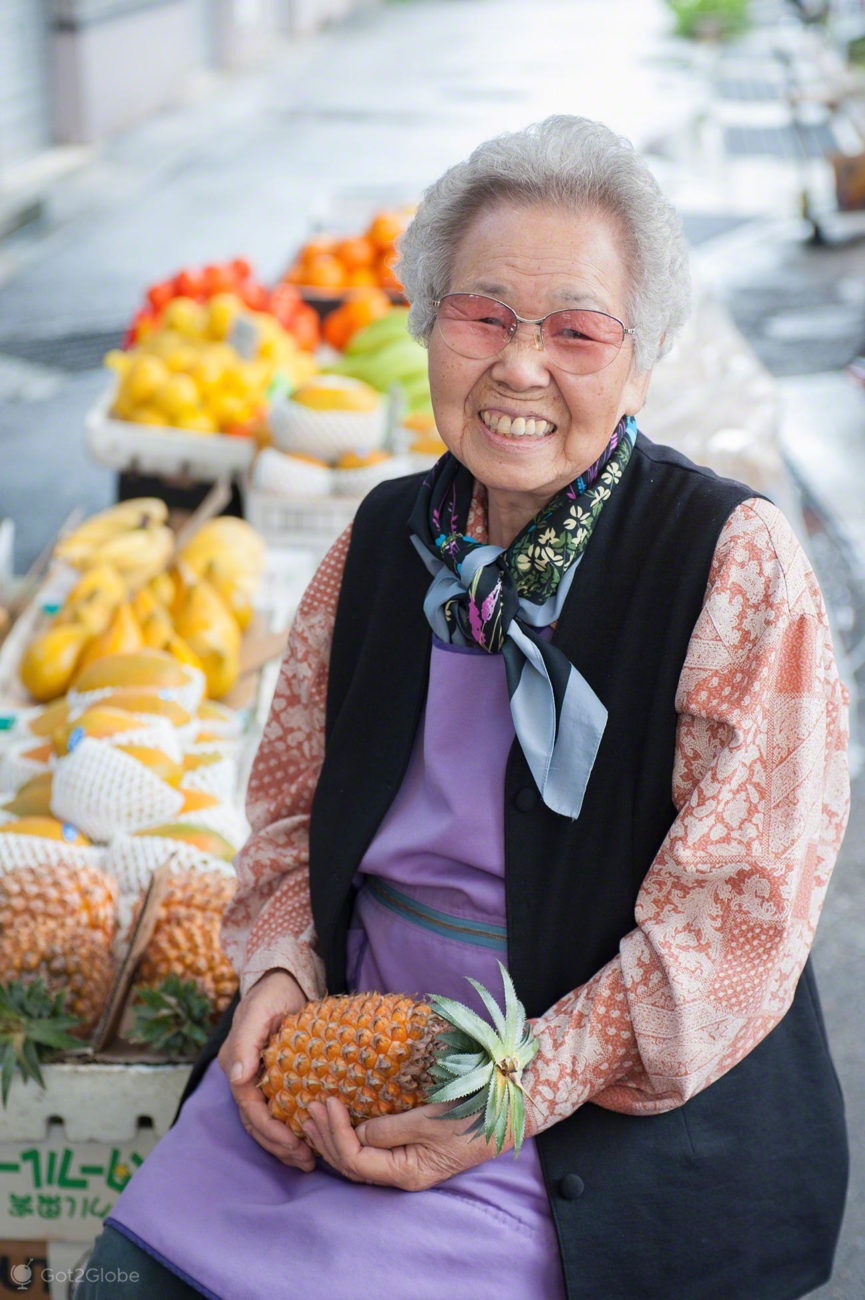
Old fruit seller at the Naha market.
We wander among the stalls fascinated with the exoticism of both the merchandise and the shy sellers but, in their own way, in a good mood.
Here and there, we find representatives of Okinawa's famous longevity, effortlessly achieved – despite the island's past tribulations – based on a simple lifestyle and a light and balanced diet based on the vegetable-fish-soy combination that, against any logic, It says little about Ryukyu's rich cuisine.
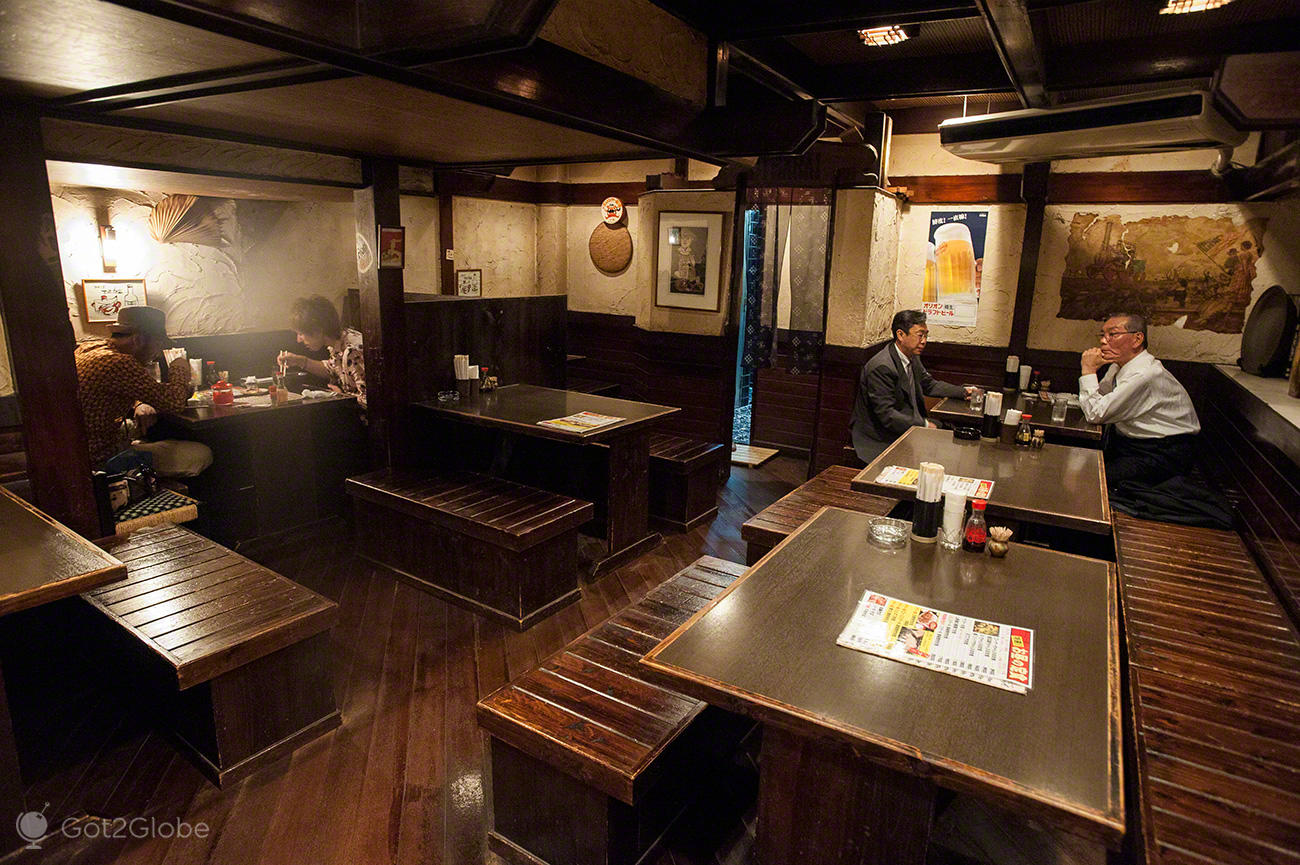
Customers of a traditional restaurant-bar in Naha.
A Dining Ensuring the Longevity of Okinawa Elders
The food of Okinawa and the Southwest Islands has little or nothing in common with that of the great Japanese islands. It reflects its historical and geographical isolation.
It is descended from both the splendor of the Ryukyuana court and the impoverished lives of its people, a preoccupation with healthy eating that dates back to ancient times when medicine and food were seen as one and food was divided into kusui-mun (the medicinal ones) and the ujinimum (nutritious ones).
Today, despite the contagion of the fast food brought by American chains, these principles survive. Two delicacies became more representative than all the others: pork and konbu site (a type of algae).
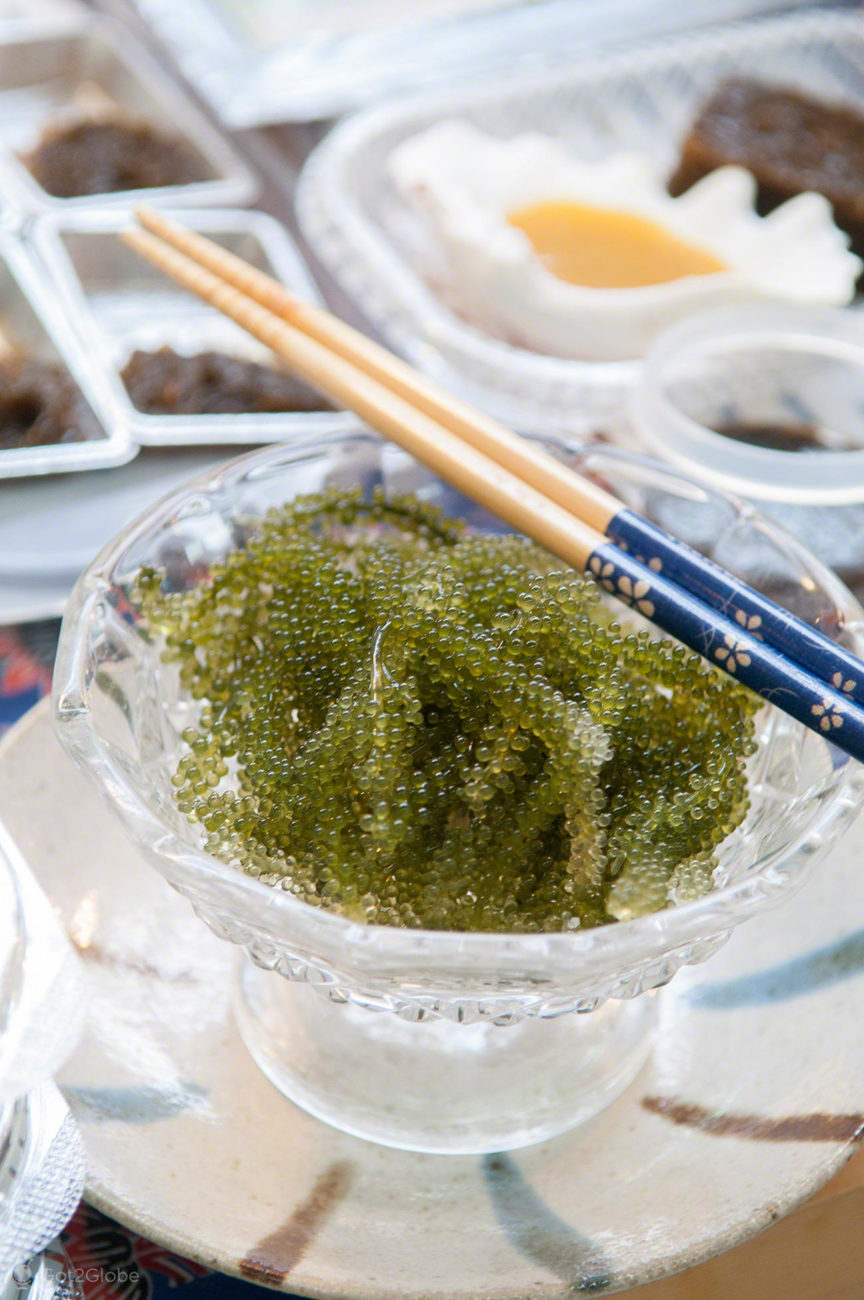
Cup of seaweed, one of Okinawa's food assets, allegedly responsible for the island's longest-lived population in the world
All parts of the animal seem to be cooked locally, according to a myriad of recipes that involve the most unexpected ingredients and flavors. These algae make up for the nutritious and acidic richness of the pig. They have zero calories, are alkaline and give soups and other foods a distinct taste.
During tight lunch breaks, however, workers opt for more digestible and easier-to-eat dishes.
As we climb to the top floor of Makishi Market, which is all about catering, we soon find ourselves surrounded by executives and store employees gorging on Okinawa and Yaeyama soba, hearty pasta served in pork broth.
And from other diners who can't resist the succulent Ishigaki steak, from the homonymous island of Yaeyama archipelago, by coincidence, our next stop.




